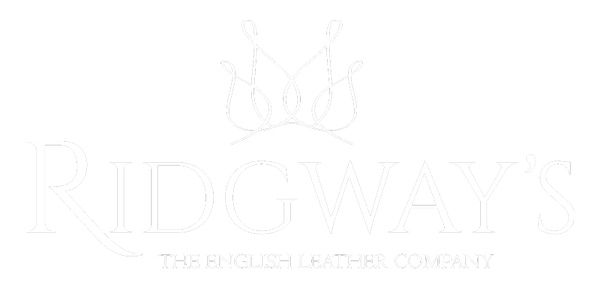The Tannery
We source the finest leather from the best tanneries across the world. From Central and Southern Europe all the way to South America – we don’t stop looking for, and sourcing, the very best.
What happens at the tannery?
The tannery preserves the leather enabling it to be finished and ready for using in the manufacturing of products. But did you know there are numerous ways that leather can be preserved? Check out the most commonly used preservation methods below.
VEGETABLE (VEG) TANNED
This process uses tannins and other organic matter to create a light brown colour hide that is supple to the touch. The colour shade can be adjusted according to the tannin mix and the original colour of the skin.
CHROME-TANNED
This originated during the mid 19th century and utilises chromium sulphate and other chromium salts. It produces a more supple and malleable skin compared to veg tan, along with retaining its colour and shape when immersed in water.
ALDEHYDE-TANNED
Using mainly glutaraldehyde or oxazolidine compounds, the resulting leather is often referred to as wet-white leather thanks to its pale cream or sometimes white appearance. It is the main type of chromium-free leather.
RAWHIDE
Created by scraping the skin to a minimal thickness, soaking in lime and stretching during the drying process. Rawhide is stiffer and often relatively brittle compared to most other leathers.
Still confused or perhaps want to ask us a question? Get in touch. We will be happy to help.
